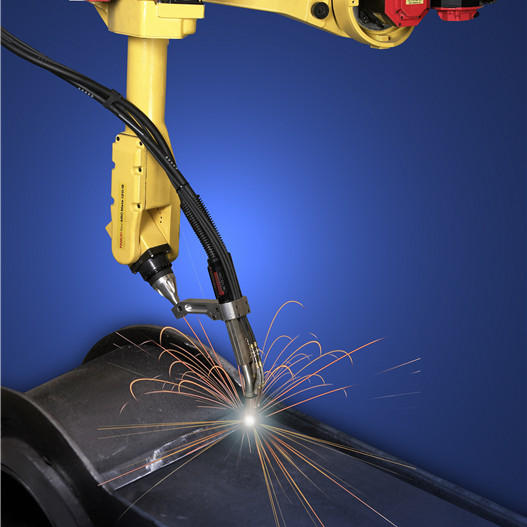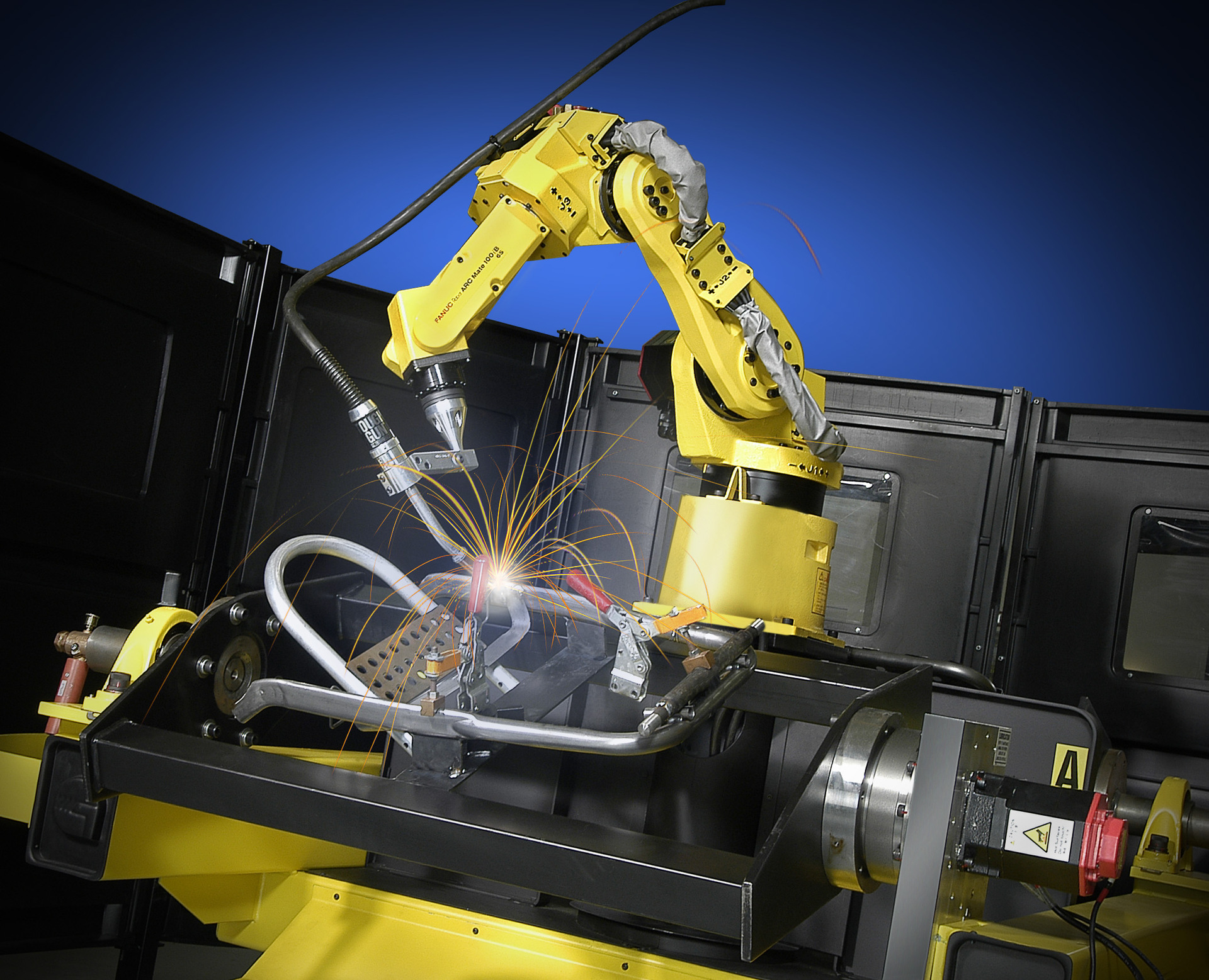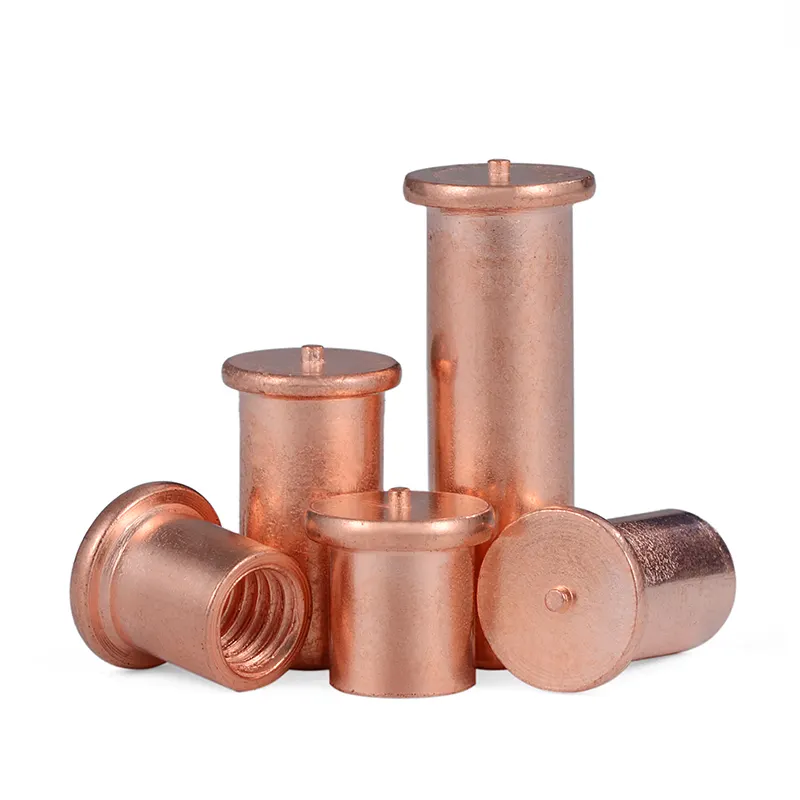Our Location
Spot welding products made by miller welder are widely used in different materials, including steel, aluminum, plastic, and copper alloy.
1) Welder brand: miller welders
2) Weldings: spot welding
3) Tools: spot welder
4) Materials: Stainless Steel
Spot welding is a process that joins several metal surfaces with an electric current. To join two metal pieces, pressure and heat are applied to clamp them together. This creates an electric arc between the pieces, melting and fusing them. As the metal cools, it forms a strong bond with minimal distortion or contamination.

Spot welding is one of the welding processes that can weld two or more metal sheets together without any filler materials. It uses copper alloy electrodes to apply heat and pressure to the weld area and transports an electrical current through the weld parts. As the material melts, the parts are fused, and the current is turned off. Pressure from the electrodes is then upheld, allowing the molten “nugget” to harden and create the joint. Copper alloy electrodes transfer heat to the workpiece, forming the weld. Copper is used because it maintains low electrical resistance and high thermal conductivity compared to other metals. It guarantees that the heat is created in the workpieces rather than the electrodes. The heat degree varies based on the three factors below:
The formula used to express heat is Q=I2Rt, where
Q means heat energy, I means current, R equals electrical resistance, and t is when the current is applied. 
Steel is easy to spot weld, and low-carbon steel is the best material for spot welding because of its higher electrical resistance and lower thermal conductivity. High carbon steels are not ideal for spot welding, as they often fracture or crack in the welds and form hard or brittle microstructures. Galvanized steel, which is zinc-coated, requires higher welding currents to weld than uncoated steel. However, with zinc alloys, the copper electrodes quickly damage the surface, resulting in bad weld quality. When welding zinc-coated steels, electrodes need frequent exchange or dressing.
Spot welding is commonly used to join nickel alloys, stainless steel, titanium, and aluminum. Welding aluminum requires high levels of current and damages copper electrodes. Copper and its alloys can also be joined through resistance spot welding, but traditional electrodes cannot be used to weld copper due to similar heat. Instead, an alloy electrode with higher electrical resistance and melting temperature is recommended.
Materials commonly used to spot weld copper include molybdenum and tungsten.

Industries that use spot welding include:
Spot welding can be easily automated with robots and manipulation systems, making it an ideal welding method for joining high-volume manufacturing parts. Over the last several decades, spot welding has been the major joining process in the automotive industry.